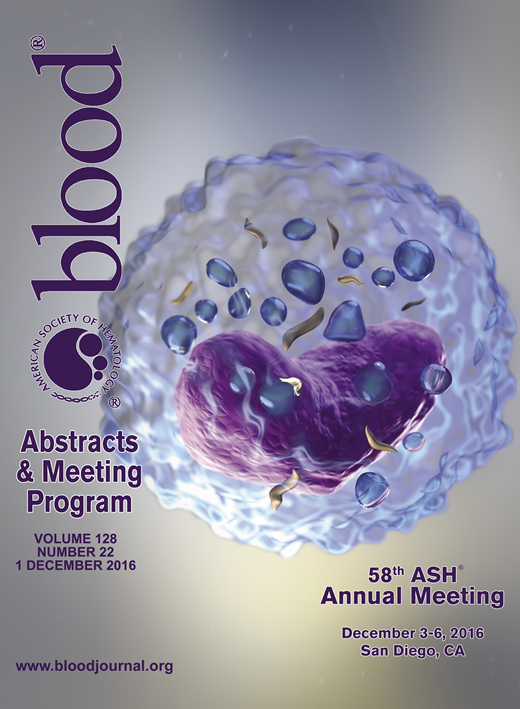Abstract
Introduction
During the last two decades, Bcr-Abl tyrosine kinase inhibitors (TKIs) have revolutionized the treatment of chronic myelogenous leukemia (CML), and are now considered standard treatment for this disease. However, TKIs can induce serious hemostatic side effects including cardiovascular disease and bleeding disorders. Blood platelet aggregation and formation of pro-coagulant platelets are important to allow a well-balanced hemostatic response. Therefore, a detailed understanding of what effect different TKIs exert on platelets and hemostasis could help to understand if there are differences of importance to minimize the risk of bleeding complications in treated patients.
Aim
To investigate how TKIs used in CML (imatinib, dasatinib, nilotinib, bosutinib, and ponatinib) affect platelet activation and hemostasis.
Materials and Methods
We have developed a multi-parameter six color flow cytometry protocol to study different aspects of platelet function upon activation, e.g. formation of aggregatory (PAC-1-positive) and pro-coagulant (phosphatidylserine-exposing) platelets, exocytosis of alpha- and lysosomal granules and mitochondrial membrane potential.This protocol was performed in presence or absence of TKIs in blood from normal donors and in treated patients. Whole blood aggregometry (Multiplate®), thrombin generation in platelet-rich plasma and in vitro thrombus formation by free oscillation rheometry (ReoRox G2) was further evaluated in some situations.
Results
At clinically relevant concentrations, dasatinib significantly decreased the formation of procoagulant platelets. Ponatinib induced a slight decrease in formation of procoagulant platelets, whereas bosutinib and nilotinib showed opposite tendencies (n=7). Dasatinib also decreased platelet aggregation (n=4-6) and in vitro thrombus formation (n=3). Thrombin generation was not significantly affected by therapeutic levels of TKIs, whereas higher doses of dasatinib, bosutinib, ponatinib and imatinib significantly changed one or several of the thrombin generation parameters (n=7-8). Interestingly, large differences in response to the drugs were observed among the healthy donors, especially for dasatinib and bosutinib. Major inter-individual variations were also observed in dasatinib-treated patients.
Conclusions
Different TKIs show varying potency to affect platelet-based hemostasis. In addition, we found large inter-individual variations in how some drugs affected platelet function. Therefore, we suggest that development of a clinically useful protocol for platelet function testing could help to identify patients more susceptible to adverse drug reactions. Such a protocol could potentially help clinicians to gain insight into the risk of side effects, which could help to choose the most suitable drug for each individual patient.
No relevant conflicts of interest to declare.
Author notes
Asterisk with author names denotes non-ASH members.

